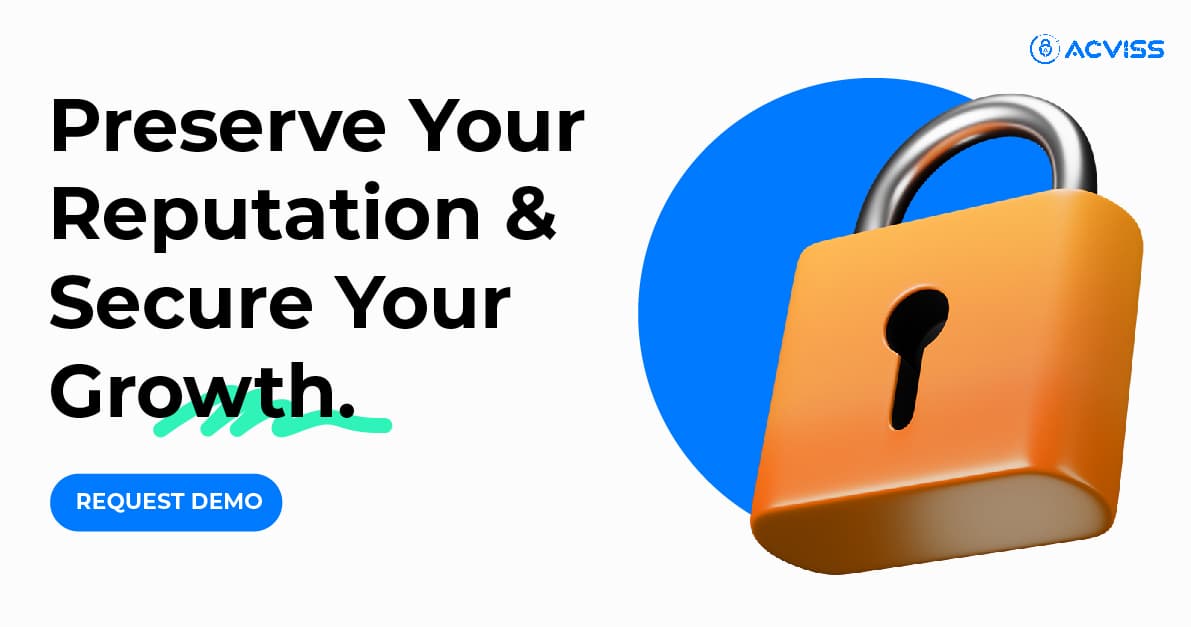What Is Drug Serialisation and Why Does It Matter for Manufacturers
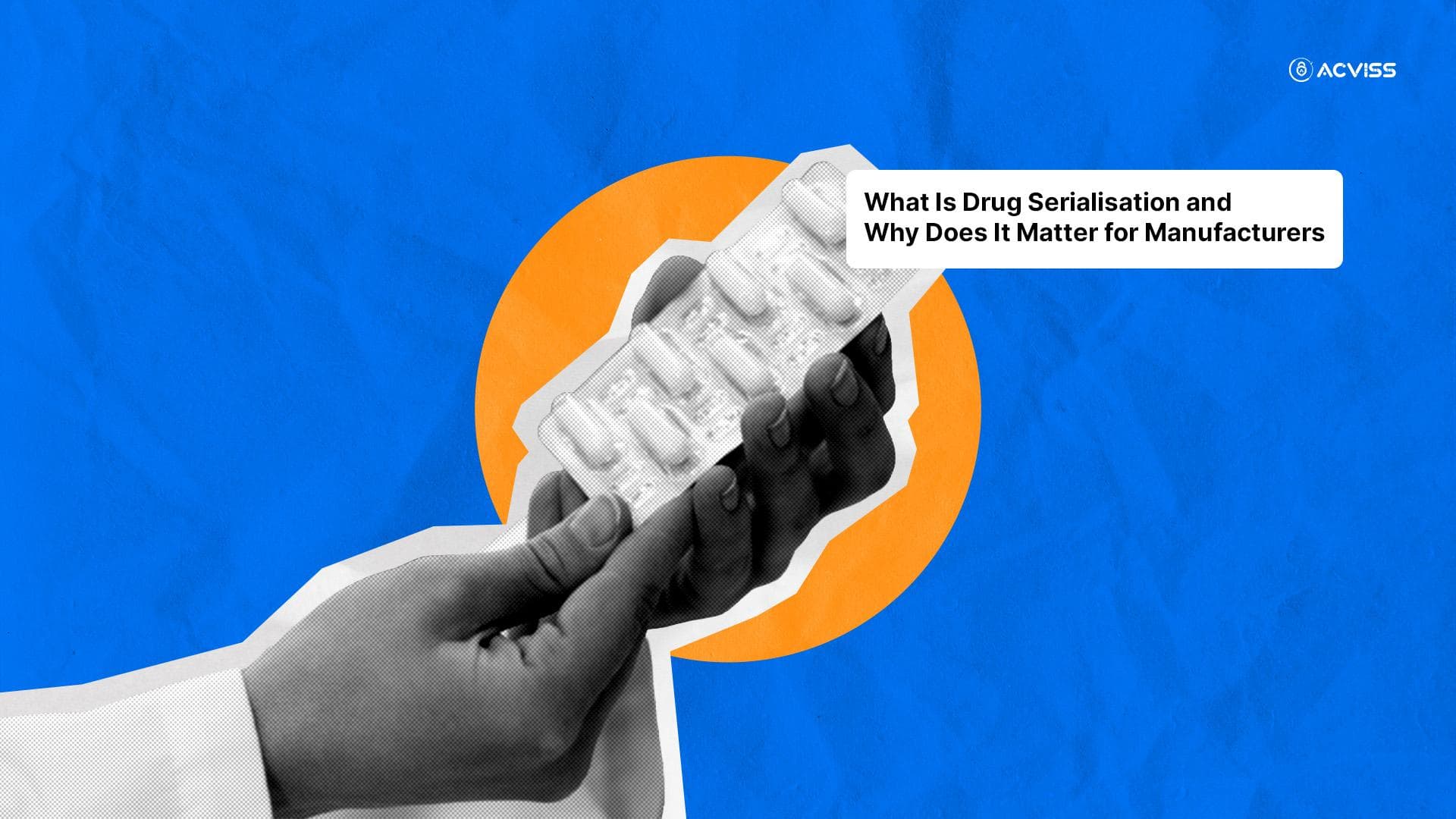
Pharmaceutical manufacturing is not what it used to be. A few decades ago, medicine travelled from manufacturer to wholesaler, to pharmacy, and then to patients with relatively simple oversight. Today, the supply chain is vast, global, and multi-layered. Raw materials often originate in one country, production happens in another, and the final products cross several borders before reaching their destination.
This complexity has opened cracks in the system, cracks that counterfeiters have been quick to exploit. According to the World Health Organisation (WHO), approximately one in ten medical products in low- and middle-income countries is substandard or falsified. Counterfeit medicines are not only a threat to public health but also to the brand reputation of legitimate pharmaceutical companies.
That’s where drug serialisation comes in, a powerful mechanism designed to create visibility, accountability, and trust throughout the pharmaceutical supply chain.
What Is Drug Serialisation?
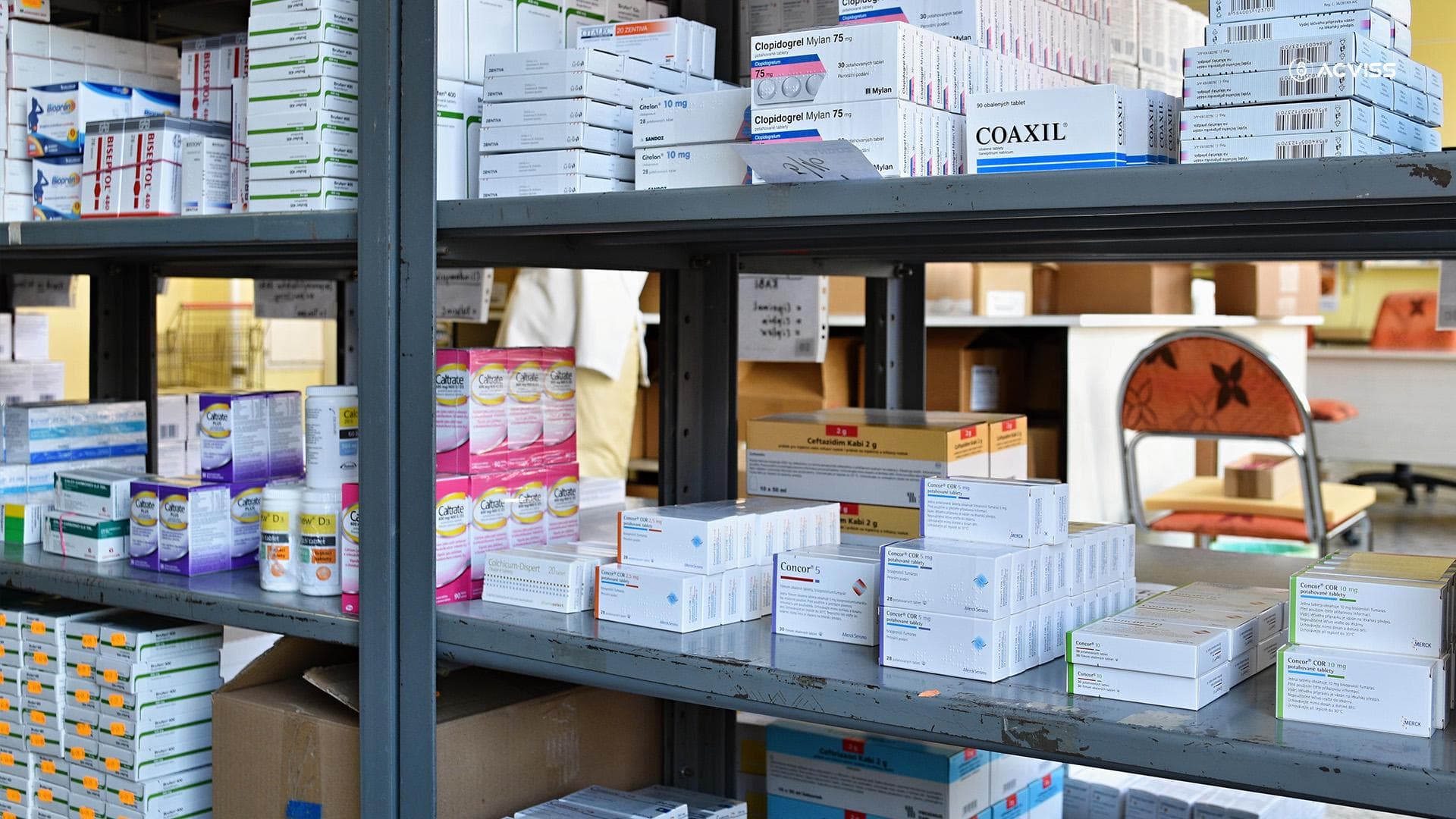
At its simplest, drug serialisation is the process of assigning a unique identifier, a serial number, to each saleable unit of a prescription drug. It’s similar to a digital fingerprint that differentiates one packet or bottle of medicine from another.
Each serialised product carries a Unique Product Identifier(UPI), which usually consists of:
- Global Trade Item Number (GTIN) – identifying the product type.
- Serial Number – a random, unique number for the individual package.
- Batch/Lot Number – showing which batch it belongs to.
- Expiry Date – ensuring product validity and safety.
When combined, these elements form a unique digital identity for every pack.
This digital identity allows manufacturers, distributors, and regulators to track and trace the journey of a medicine from factory to patient, confirming that every product is authentic and traceable at any point in the supply chain.
Why Drug Serialisation Matters
1. Ensuring Product Authenticity and Safety
Serialisation directly tackles one of the biggest threats in pharma: counterfeit drugs. Counterfeiters often mimic packaging so accurately that even trained professionals find it hard to distinguish fakes from genuine products. Embedding serialised data codes into each pack, it is nearly impossible to replicate the same product identity.
This is crucial because counterfeit medicines are not just illegal, they are deadly. The OECD and EUIPO estimate that counterfeit pharmaceuticals represent up to USD 4.4 billion in global trade annually, affecting millions of lives and eroding consumer confidence.
2. Strengthening Brand Protection
For pharmaceutical manufacturers, every fake medicine circulating in the market carries a cost, financial, reputational, and emotional. Patients losing trust in a brand can set back decades of work in building credibility.
Serialisation supports brand protection by acting as a digital verification layer. It allows every stakeholder, including consumers, to verify the product’s legitimacy instantly. This transparency fosters brand authentication, reinforces trust, and improves customer satisfaction.
3. Supporting Regulatory Compliance
Across the world, regulators have realised the urgency of traceability. The U.S. Drug Supply Chain Security Act(DSCSA), the EU Falsified Medicines Directive (FMD), and India’s Directorate General of Foreign Trade (DGFT) regulations are all pushing for full traceability in pharmaceutical supply chains.
Failure to comply doesn’t just mean fines; it can mean suspension of operations or product recalls. Drug serialisation helps manufacturers meet these legal mandates by maintaining digital records of every transaction and product movement.
4. Enabling End-to-End Product Traceability
Beyond compliance and safety, serialisation empowers companies to gain complete visibility across their supply chain. From the moment a product is manufactured until it reaches the patient, every step can be recorded and verified.
This level of track and trace capability allows manufacturers to detect inefficiencies, identify bottlenecks, and ensure timely recalls if necessary. It’s a game-changer for supply chain management, where real-time data can mean the difference between success and disruption.
How Drug Serialisation Works
Serialisation is not a one-time activity; it’s an integrated process embedded into every stage of the pharmaceutical lifecycle.
1. Serial Number Generation
Each product unit is assigned a unique, randomised code. These serial numbers are generated through secure algorithms that ensure no duplication.
2. Packaging and Printing
Once generated, the serial numbers are printed onto product packaging in the form of 2D data matrix codes. These codes contain all relevant details: GTIN, batch number, and expiry date.
3. Data Aggregation
The information is then aggregated at multiple levels, carton, case, pallet, allowing each product’s path to be mapped. This step is crucial for ensuring traceability during logistics and warehousing.
4. Data Exchange and Reporting
Manufacturers transmit this serialisation data to regulatory authorities or national drug verification systems, depending on the region’s laws.
5. Product Verification
At any stage, whether during distribution, at a pharmacy, or by the end consumer, the serial number can be scanned and verified. This step is the foundation of product authentication.
The Broader Impact: Beyond Compliance

While serialisation started as a regulatory requirement, its potential reaches far beyond compliance.
1. Improved Supply Chain Visibility
Real-time product tracking allows manufacturers to monitor movements and detect anomalies such as unauthorised diversions or theft. With such visibility, brands can act swiftly to mitigate risks.
2. Data-Driven Insights
The data collected through serialisation can be turned into valuable analytics. Manufacturers can identify which regions face higher counterfeit risks or which distribution partners handle the most returns.
3. Enhanced Customer Engagement
When combined with digital verification systems, serialisation can become a tool for customer engagement. By allowing consumers to scan a product and verify authenticity instantly, brands can also share dosage information, product benefits, or loyalty rewards, strengthening relationships and improving customer satisfaction.
4. Smoother Recall Management
Recalls are inevitable in pharmaceuticals, but serialisation makes them far less painful. Manufacturers can trace exactly which batch or shipment was affected and remove only those products, minimising financial and reputational loss.
The Role of Anti-Counterfeiting Technologies
Serialisation is the backbone of traceability, but to truly secure the supply chain, it must be paired with robust anti-counterfeiting technologies.
Counterfeiters evolve constantly, finding new ways to replicate packaging or forge serial numbers. Manufacturers need to integrate multi-layered defences, technological, digital, and physical, to stay ahead.
Some advanced techniques include:
- Non-cloneable security codes, which use cryptographic algorithms to ensure each product code is impossible to copy.
- Blockchain-based tracking provides immutable transaction records for every movement of goods.
- Machine learning-based pattern detection, identifying suspicious listings or fake products online.
By combining serialisation with brand protection solutions, manufacturers can create a defence-in-depth approach, making it harder for counterfeiters to exploit even the smallest vulnerability.
The Global Push for Pharmaceutical Traceability
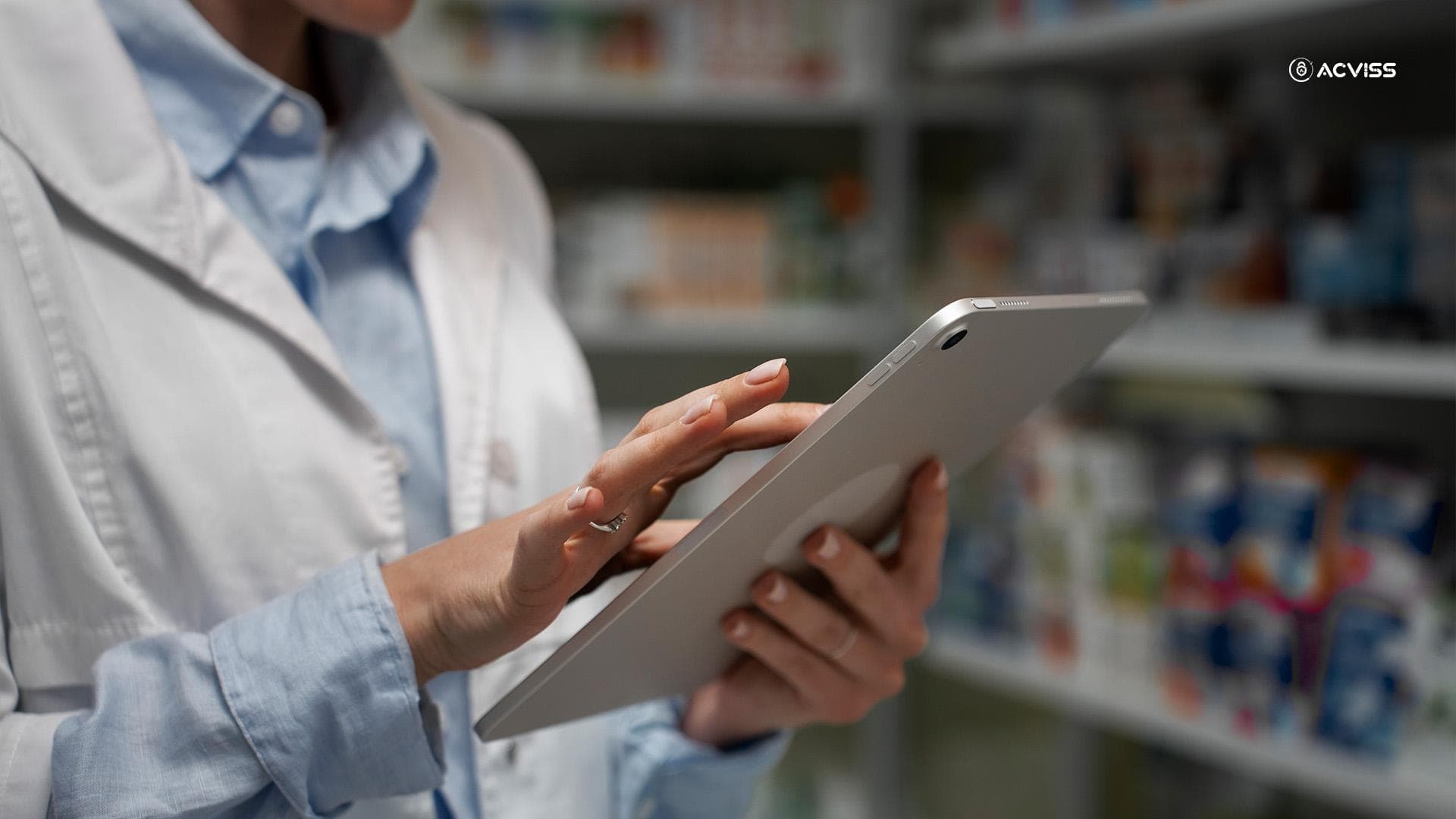
Governments worldwide are setting deadlines and frameworks for full product traceability. Let’s look at some of the major initiatives driving this transformation.
United States – DSCSA
The Drug Supply Chain Security Act (DSCSA) mandates complete unit-level traceability by 2024. Every prescription drug package must have a serial number, and all stakeholders, from manufacturers to dispensers, must share transaction data electronically.
European Union – FMD
The Falsified Medicines Directive (FMD) requires unique identifiers on all prescription medicines and the use of tamper-evident seals. Pharmacies verify each pack before dispensing it to ensure patient safety.
India – DGFT Mandate
India, a major exporter of generic medicines, has made barcoding and serialisation mandatory for export products. The move aims to ensure compliance with international standards and boost confidence in Indian pharmaceuticals.
China – Drug Administration Law
China’s serialisation framework focuses on end-to-end traceability through electronic supervision codes and national data repositories, ensuring visibility from production to patient.
These efforts collectively signify that serialisation is no longer a competitive advantage; it’s a necessity for global market participation.
Challenges in Implementing Drug Serialisation
Despite its importance, serialisation is not without challenges. Implementing such systems requires substantial investment in both technology and infrastructure.
1. Technological Complexity
Integrating serialisation into existing production lines demands precision. Packaging machines must be upgraded or replaced to print and verify 2D codes at high speeds without affecting efficiency.
2. Data Management
Serialisation generates massive volumes of data. Managing and storing this data securely while maintaining accessibility for audits and recalls requires a robust IT infrastructure.
3. Global Standardisation
Different countries use different regulatory frameworks. A manufacturer exporting to multiple regions must comply with diverse serialisation and reporting standards, which increases operational complexity.
4. Partner Integration
Serialisation’s success depends on collaboration. Manufacturers, distributors, logistics providers, and pharmacies all need to share accurate data in real time. Aligning these stakeholders requires trust, coordination, and sometimes, contractual enforcement.
The Path Forward: From Compliance to Competitive Advantage
The future of drug serialisation is not just about meeting regulations, it’s about leveraging it for strategic growth. Forward-thinking manufacturers are using serialisation as a foundation for brand protection, IP protection, and customer engagement.
When connected with technologies like Acviss Origin, manufacturers can extend serialisation into complete track and trace systems. These solutions offer real-time analytics, giving brands actionable insights into product movement, market performance, and potential risks.
Moreover, integrating non-cloneable security codes ensures that even if counterfeiters manage to mimic packaging, they cannot replicate the product’s digital identity. This dual-layer protection, physical and digital, creates a robust ecosystem of trust and transparency.
Integrating Serialisation with Modern Brand Protection Solutions
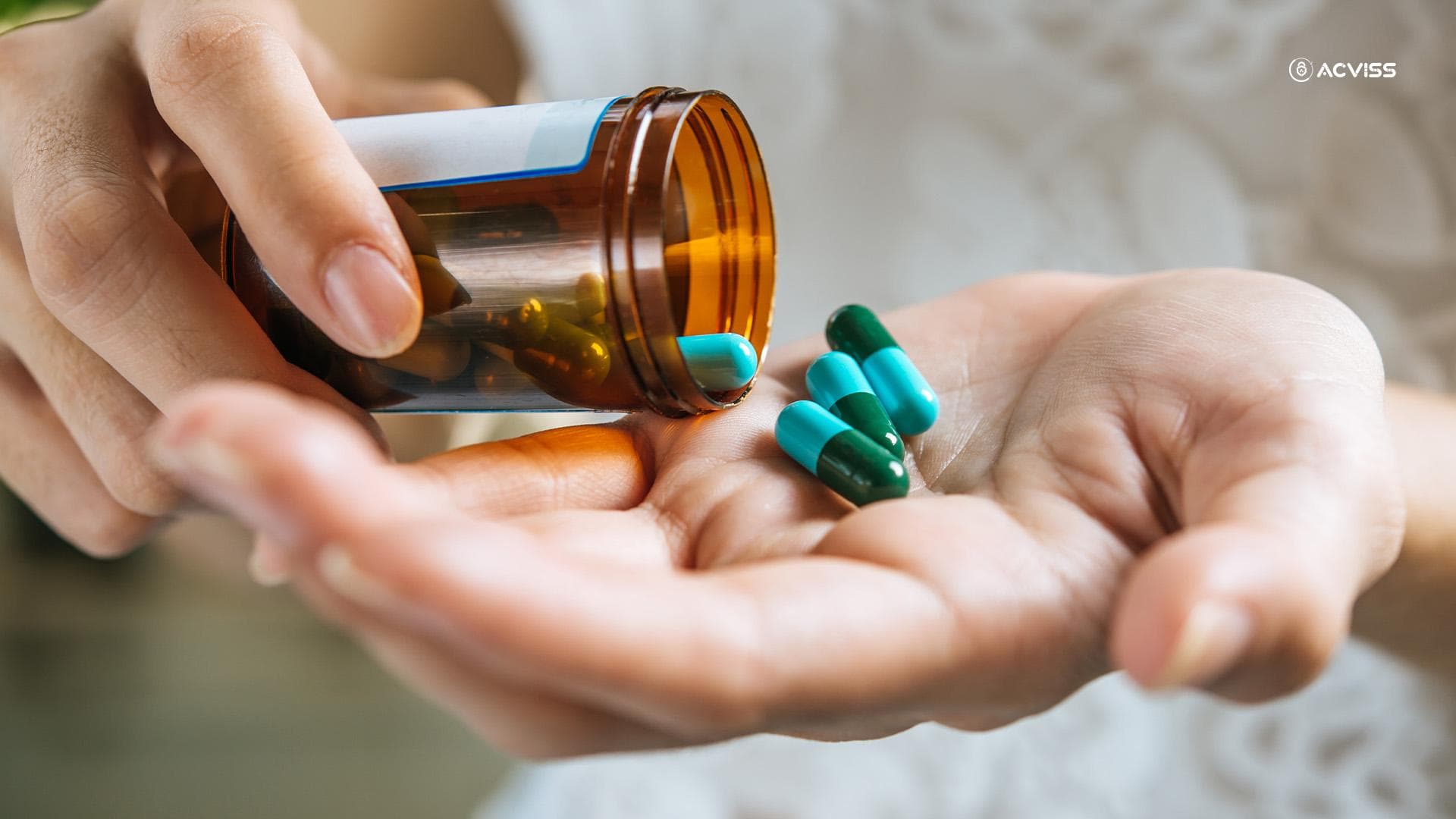
1. From Product Verification to Brand Verification
Product serialisation helps verify an individual unit, but when integrated with brand protection platforms, it scales into brand verification, allowing businesses to monitor how their entire product range performs across regions and channels.
For example, a combination of serialisation data and AI-based online monitoring can help detect fake product listings on e-commerce platforms, enabling proactive IP protection and trademark protection.
2. Building Customer Confidence
Today’s consumers are more informed and cautious. They want to know where their medicine comes from, how it was made, and whether it’s safe. Enabling them to scan and verify authenticity through a serialised code builds immense trust and loyalty.
It’s not just product authentication, it’s brand storytelling, transparency, and customer empowerment rolled into one.
3. Strengthening Supply Chain Resilience
With supply chain disruptions becoming common, serialisation gives manufacturers a single source of truth. The ability to track and trace every movement helps mitigate risks, optimise inventory, and ensure product safety across geographies.
A Look at the Future of Drug Serialisation
As technology evolves, serialisation will continue to become more sophisticated. The future points towards greater integration, automation, and intelligence.
Blockchain Integration
By using blockchain for serialisation data, companies can create a tamper-proof, decentralised record of every product’s journey. This not only enhances traceability but also builds transparency across global trade networks.
Artificial Intelligence and Predictive Analytics
AI can help identify counterfeit patterns, predict distribution bottlenecks, and even detect diversion before it becomes a crisis. The synergy between serialisation data and AI insights will redefine supply chain management.
Direct-to-Consumer Engagement
As more brands embrace digital transformation, serialisation codes will double as consumer interaction points, unlocking tutorials, rewards, or support channels when scanned. This deepens engagement and personalises customer experiences.
Securing Trust, One Serial Number at a Time
Drug serialisation is more than a compliance checkbox; it’s a strategic necessity for every pharmaceutical manufacturer aiming to protect its brand, ensure patient safety, and build long-term trust.
By adopting robust track and trace frameworks, supported by anti-counterfeiting solutions and advanced brand protection technologies, manufacturers can safeguard both their products and reputation.
Solutions such as Acviss Origin make it possible to achieve end-to-end product traceability across the supply chain, ensuring that every product is genuine, verifiable, and protected by non-cloneable technology.
In a world where trust determines market leadership, serialisation is the foundation of authenticity and reliability.
Interested to learn more? Get in touch with us to explore how your brand can achieve full product traceability and protection.
